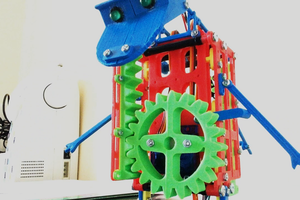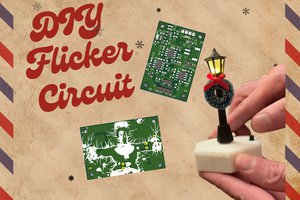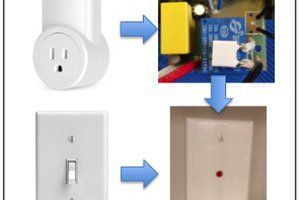Rapid circuit prototype with a 3D printer and conductive filament.
This project features a simple circuit designed to explain the working and use of a 555 timer IC.
The connection used is credited to this blog LED Flasher Circuit
The 555 timer was one of the first IC chips I learned to use in a project back when I attended community college. I learned to read the datasheet and create my first flashing LED! This is a good place to start for those new to electronics.
*I recommend reading the 555 timer datasheet to learn more!
Note: When the print is 7% to 8% complete, the conductive filament should follow. Here is a great Instructable for welding 3D filament Filament Fuser.
*I simply snipped off the colored PLA with a wire cutter, then guided the conductive filament into the 3D printer until the extruder accepted (grabbed) it.
 Bits4Bots
Bits4Bots
 igorfonseca83
igorfonseca83
 Robin Hartley
Robin Hartley
 Bare Naked Embedded
Bare Naked Embedded
 Eric Moyer
Eric Moyer